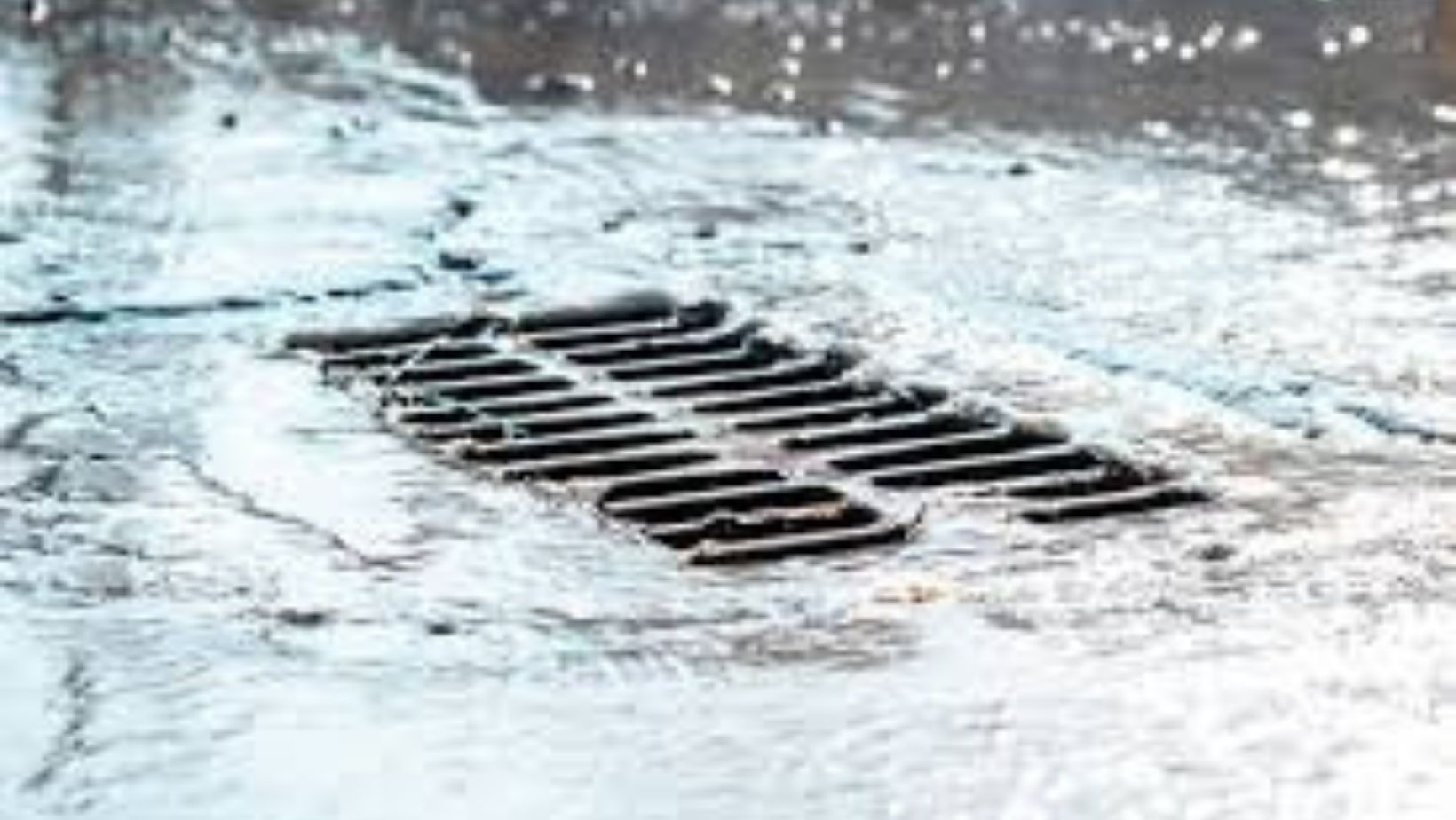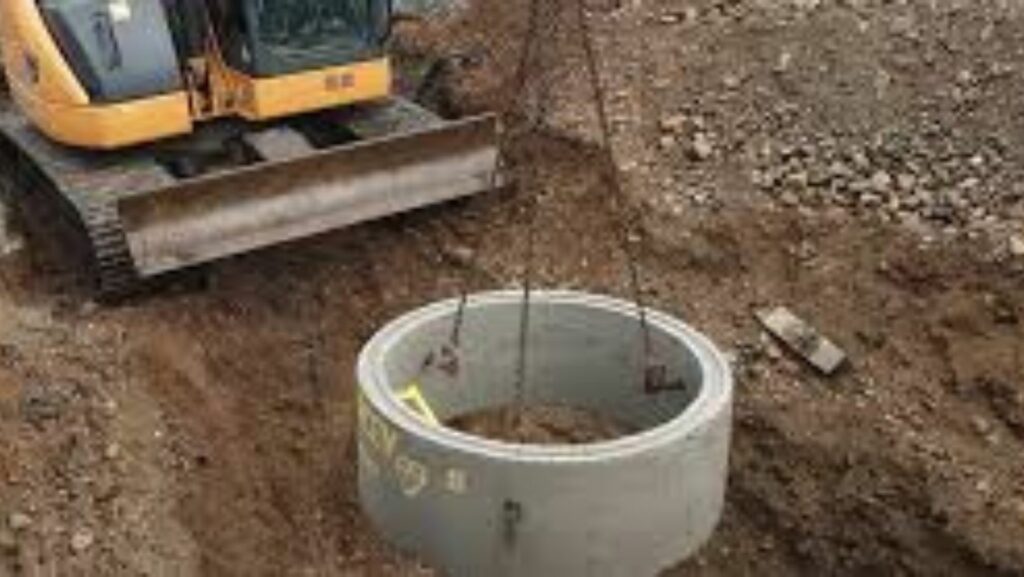It’s easy to overlook the little things. A faint drip behind the wall, a barely noticeable damp patch on the floor, or a musty smell in a room you rarely use. But moisture problems rarely fix themselves—and when ignored, they can spiral into serious, expensive repairs.
One of the most underestimated causes of long-term water damage? Faulty or inefficient drainage systems. And right at the heart of many of these issues are the small but essential condensate pumps hidden inside HVAC systems across homes and workplaces.
The Hidden Risk Lurking in HVAC Systems
Every time your air conditioner runs, it’s doing more than cooling your space—it’s pulling moisture out of the air. That moisture condenses and needs somewhere to go. Normally, it drains away smoothly and quietly. But if the drainage system is blocked or the pump fails, the water can build up quickly.
If this happens inside a wall, ceiling, or tight utility cupboard, you probably won’t notice until the signs are obvious—staining, mould, or even warped flooring. The real frustration? These issues are preventable with basic maintenance and an understanding of how your system handles excess moisture.
Why Your Home Needs a Smart Drainage Setup
You wouldn’t leave a running tap leaking into your home, right? Inefficient drainage from your heating or cooling system can have the same result over time.
When gravity alone can’t carry the water away—like when your HVAC system is located below your main drainage outlet or in a tight space—a pump steps in to move it safely. These are the quiet workhorses of your comfort system, and when they stop working properly, it doesn’t take long for trouble to follow.
Efficient drainage means:
- Fewer moisture problems (and the costly repairs that follow)
- Longer system life for HVAC units and appliances
- Better air quality (thanks to mould prevention)
- Lower risk of unpleasant surprises during inspections or renovations
Signs Your Drainage Isn’t Doing Its Job
Most drainage issues start small. That’s what makes them sneaky. But there are a few clear signals that something might be going wrong behind the scenes:
- Pools of water near your air conditioning or heating unit
- Musty smells in rooms or utility areas
- Dripping sounds even when everything appears to be off
- Discolouration on ceilings, walls, or floorboards
- Higher indoor humidity despite your system running
If you notice any of these signs, don’t just mop up and move on. Investigate—or better yet, get a technician to assess the drainage setup.
What You Can Do About It
Good drainage isn’t just for commercial buildings or large houses. Every home can benefit from a little prevention. Here’s how you can take simple steps to avoid a messy (and mouldy) problem:
1. Know Where the Water Goes
Do you know how your HVAC system drains moisture? Understanding whether your system uses gravity drainage or a pump can help you respond quickly when something goes wrong.
2. Inspect Regularly
Even just glancing behind your HVAC unit or water heater every couple of months can reveal signs of trouble before they get serious.
3. Flush the Lines
Drainage lines can get clogged with dust, algae, or mineral buildup over time. Pouring a small amount of vinegar through the line can help clear it out (but always check with your system’s manual first).
4. Check the Pump
If your home uses one, make sure the pump is working correctly. It should activate when water enters the tray and shut off when it’s drained. Loud, irregular noises or no response at all are red flags.
5. Install a Leak Sensor
These small devices sit beneath your system and sound an alarm or send a mobile alert if water starts pooling. It’s a cheap investment that can save you thousands.
Efficient Drainage = Peace of Mind
Moisture control isn’t a glamorous topic, but it’s one of the most important aspects of a healthy home. Left unchecked, excess water causes slow damage that’s easy to miss and expensive to fix.
By understanding how systems like condensate pumps work and knowing what warning signs to watch for, you can avoid the stress of surprise repairs. A few minutes of attention here and there can go a long way toward keeping your home dry, safe, and comfortable—just the way it should be.

